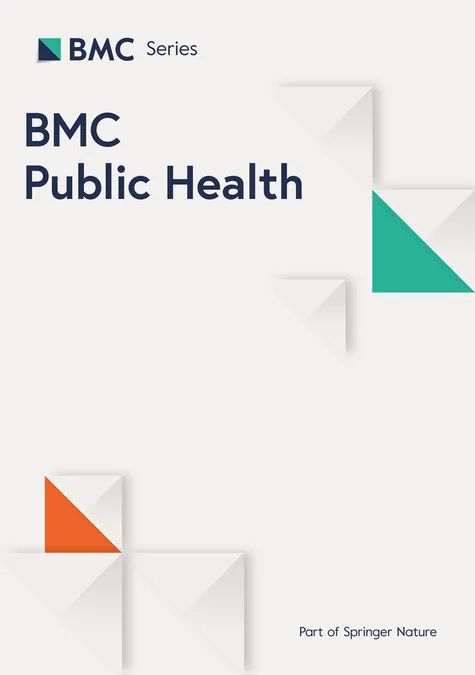
Unveiling the Alarming Truth: Tobacco Use Among Pregnant Women in Iran
2024-09-18
Tobacco use remains a formidable global health challenge, linked to numerous diseases and premature mortality worldwide. Alarmingly, smoking during pregnancy is prevalent and poses significant threats to both maternal and fetal health. Pregnant women experience various alterations including physiological anemia, anxiety, depression, and hypertension, which can affect health outcomes. Furthermore, lifestyle choices, genetic predispositions, and health behaviors also play pivotal roles in maternal and fetal health.
Data from the National STEPs Survey of 2016 reveals that approximately 3.8% of women in Iran smoke daily. In contrast, global estimates indicate that around 1.7% of pregnant women engage in tobacco use, with higher proportions reported in countries like Ireland and Bulgaria. While tobacco use appears low in low-income regions, nearly 56% of Iranian pregnant women are exposed to secondhand smoke, heightening their risk for various health complications.
The consequences of smoking during pregnancy are dire, correlating with higher rates of ectopic pregnancy, stillbirths, and various cognitive developmental issues in children. The financial implications are also staggering—healthcare costs for smoking mothers during pregnancy surpass those of non-smokers significantly.
Despite the extensive documentation of risks associated with smoking while pregnant, a notable knowledge gap exists concerning the specific predictors influencing tobacco use among pregnant women, especially in low- and middle-income countries like Iran. This gap impedes the development of effective health policies and targeted smoking cessation strategies. Hence, the aim of the recent large-scale study conducted in Mashhad, Iran focuses on uncovering the primary factors behind tobacco consumption among this vulnerable population and assessing their health literacy regarding smoking-related dangers.
The study, a retrospective cohort analysis, scrutinized data from 103,042 pregnant women enrolled in the Sina Electronic Health Record System over three years (2017-2020). Participants included women from various educational backgrounds, with most holding only primary or secondary diplomas. Surprisingly, the prevalence of reported tobacco use among pregnant women was a mere 0.9%.
Socioeconomic status emerged as a significant aspect influencing smoking behavior. Women with lower education were at a higher risk of tobacco use. Alcohol and opium consumption were also alarming predictors, with odds ratios indicating a massive likelihood of tobacco use among women consuming these substances. The study's findings add to the existing body of evidence that underscores the significance of maternal education, lifestyle choices, and health literacy.
Moreover, the study revealed that older age and the presence of chronic diseases like diabetes increased the likelihood of tobacco consumption among expectant mothers. The results also highlighted a concerning rise in macrosomia and premature birth rates among tobacco users.
Given the pressing public health implications, the research emphasizes the urgent need for tailored interventions aimed at reducing tobacco consumption among pregnant women in Iran. Health promotion strategies, increased availability of cessation programs, and effective communication of the risks associated with smoking are critical steps toward safeguarding maternal and fetal health.
The results of this extensive study unveil not just the alarming statistics surrounding tobacco use in pregnant women but also the underlying factors that urge communities, especially in developing nations, to combat this preventable hazard. More robust smoking prevention and cessation support for expectant mothers is a pressing need, highlighting the intersection of public health policies and education in ensuring a healthier future for both mothers and babies.
Real change can only occur with increased awareness and mobilization of resources dedicated to smoking cessation, health literacy, and education tailored for pregnant women, thereby fostering healthier generations ahead.




 Brasil (PT)
Brasil (PT)
 Canada (EN)
Canada (EN)
 Chile (ES)
Chile (ES)
 España (ES)
España (ES)
 France (FR)
France (FR)
 Hong Kong (EN)
Hong Kong (EN)
 Italia (IT)
Italia (IT)
 日本 (JA)
日本 (JA)
 Magyarország (HU)
Magyarország (HU)
 Norge (NO)
Norge (NO)
 Polska (PL)
Polska (PL)
 Schweiz (DE)
Schweiz (DE)
 Singapore (EN)
Singapore (EN)
 Sverige (SV)
Sverige (SV)
 Suomi (FI)
Suomi (FI)
 Türkiye (TR)
Türkiye (TR)